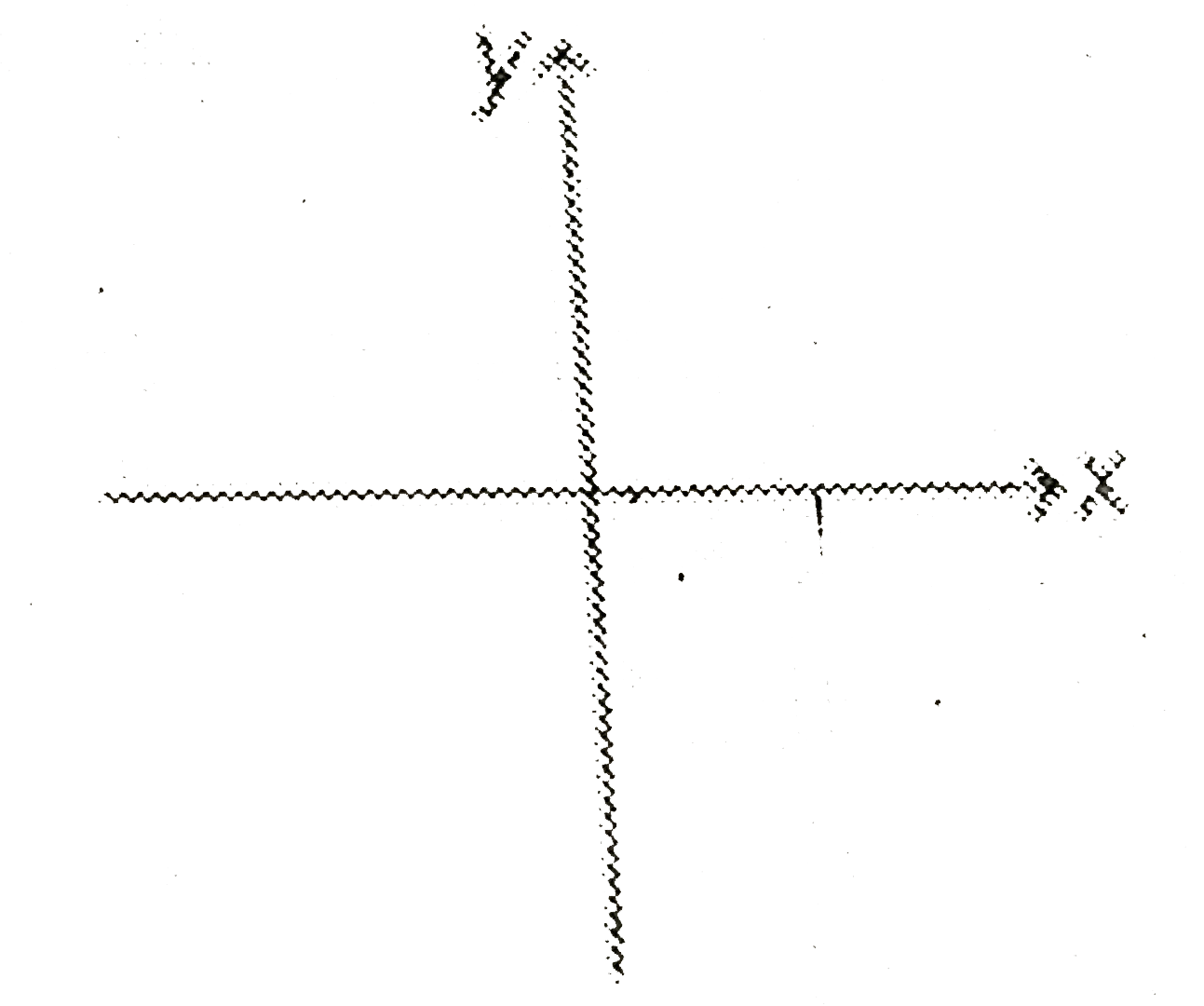A particle, with restoring force proportional to displacement and resulting force proportional to velocity is subjected to a force Fsinωt. If the amplitude of the particle is maximum for ω=ω1, and the energy of the particle is maximum for ω=ω2, then
ω1≠ω0andω2=ω0
ω1=ω0andω2=ω0
ω1=ω0andω2≠ω0
ω1≠ω0andω2≠ω0
The correct Answer is:B
Step by step video & image solution for A particle, with restoring force proportional to displacement and resulting force proportional to velocity is subjected to a force F sin omega t. If the amplitude of the particle is maximum for omega = omega_(1), and the energy of the particle is maximum for omega=omega_(2), then by Physics experts to help you in doubts & scoring excellent marks in Class 12 exams.
Updated on:21/07/2023Similar Questions
In forced oscillation of a particle the amplitude is maximum for a frequency ω1 of the force while the energy is maximum for a frequency ω2 of the force, then .
View SolutionThe position vector of a particle is r=asinωtˆi+acosωtˆj
The velocity of the particle is
View SolutionA particle initially at rest is subjected to two forces, one is constant, the other is retarding force proportional to the particle velocity. In the subsequent motion of the particle, the acceleration
View SolutionA xandy co-ordinates of a particle are x=Asin(ωt)andy=Asin(ωt+π/2). Then, the motion of the particle is

View SolutionPosition vector of a particle moving in x−y plane at time t is r=a(1−cosωt)ˆi+asinωtˆj. The path of the particle is
View SolutionTwo simple harmonic motions y1=Asinωt and y2 = Acosωt are superimposed on a particle of mass m. The total mechanical energy of the particle is
View SolutionKinetic energy of a particle moving in a straight line is proportional to the time t. The magnitude of the force acting on the particle is :
View SolutionThe SHM of a particle is given by the equation x=2sinωt+4cosωt. Its amplitude of oscillation is
View SolutionThe linear displacement (y) of a particle varies with time as y=(asinωt+bcosωt). State whether the particle is executing SHM or not.
View Solutionthe angular velocity omega of a particle varies with time t as ω=5t2+25rads. the angular acceleration of the particle att=1s is
View Solution
